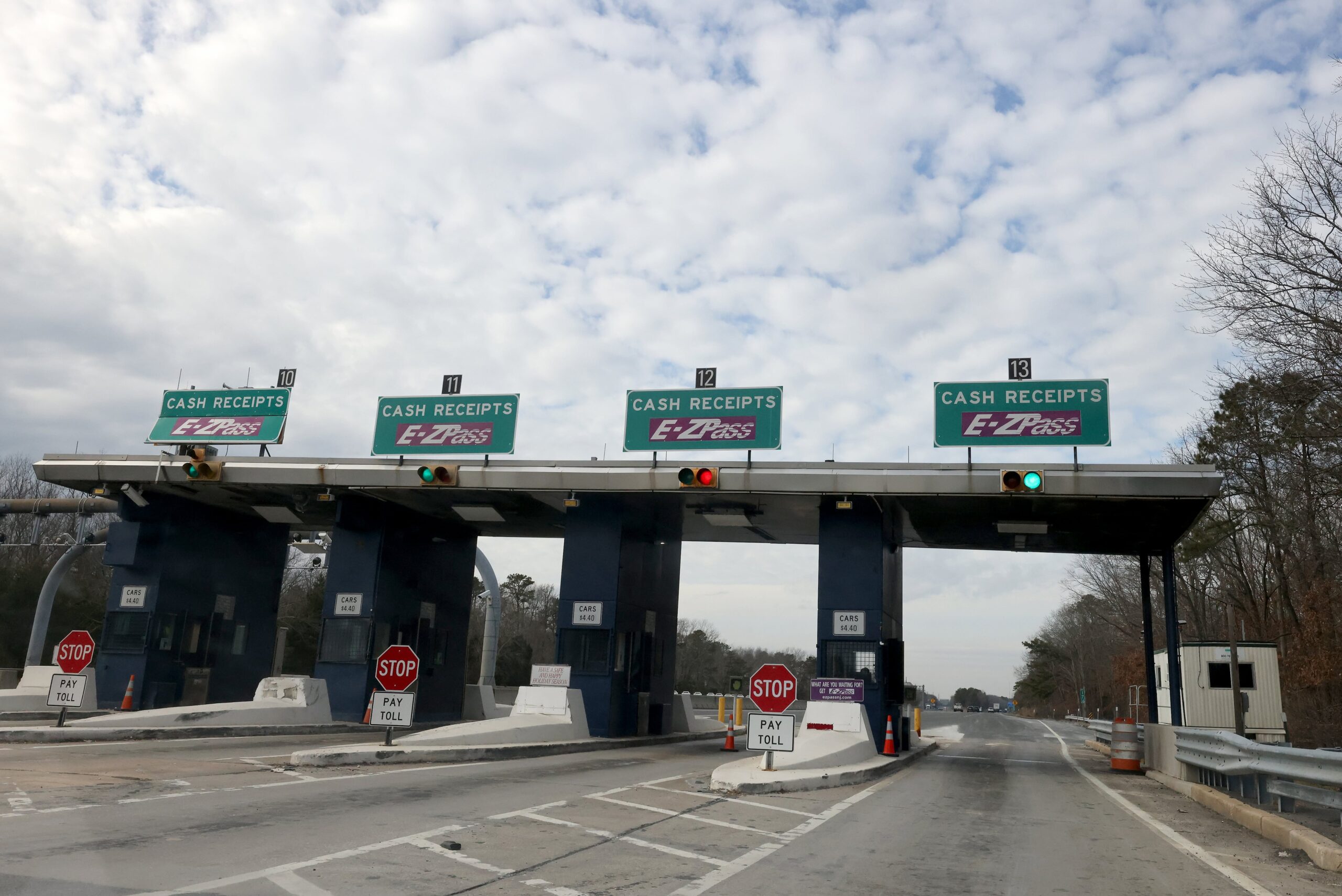In a significant enforcement action, U.S. Immigration and Customs Enforcement (ICE) recently conducted a high-profile raid targeting criminal migrants in a designated sanctuary city. This operation has sparked widespread debate over the ongoing conflict between federal immigration authorities and local government policies that limit cooperation with such enforcement efforts.
Background of the Raid
Sanctuary cities are municipalities that have enacted policies restricting local law enforcement from fully cooperating with federal immigration authorities. These policies are often implemented to foster trust between law enforcement and immigrant communities.
However, federal officials argue that these policies allow dangerous individuals to remain within U.S. borders, leading to targeted enforcement operations like the one recently conducted.
The ICE raid took place over multiple locations, with a focus on detaining individuals with prior criminal records. According to sources within the agency, the operation specifically targeted individuals with outstanding deportation orders, felony convictions, and those deemed to pose a threat to public safety.
Details of the Operation
Federal agents carried out the raid in the early hours of the morning, deploying resources to track down individuals identified through intelligence and surveillance efforts. The operation resulted in numerous detentions, with ICE officials confirming that many of those apprehended had prior convictions for violent crimes, drug offenses, and other serious felonies.
According to an ICE spokesperson, “This operation is part of our commitment to enforcing immigration laws and ensuring that individuals who pose a threat to our communities are held accountable. We are prioritizing the removal of those who have criminal records and are illegally present in the United States.”
Reactions from Local Officials and Advocacy Groups
The raid has drawn strong reactions from both supporters and critics. Local officials and immigrant rights organizations have condemned the action, arguing that it instills fear in immigrant communities and undermines the trust necessary for public safety.
New York City Mayor Eric Adams criticized the operation, stating, “Federal raids like these create unnecessary panic in our communities. We believe in protecting all residents, regardless of immigration status, and ensuring they feel safe to report crimes and seek necessary services.”
Conversely, supporters of the raid argue that sanctuary policies prevent law enforcement from effectively addressing public safety concerns. “These sanctuary policies are shielding criminals,” said a spokesperson from an immigration reform advocacy group. “Cities should not be protecting those who have committed serious offenses.”
Legal and Political Implications
The raid has reignited the national debate over immigration enforcement and sanctuary city policies. Legal experts suggest that this operation could lead to renewed court battles between federal and local governments regarding the extent of cooperation required under federal law.
The Biden administration has faced mounting pressure from both sides of the immigration debate. While advocates push for more protective measures for undocumented immigrants, opponents call for stricter enforcement and the defunding of sanctuary policies.
What Happens Next?
For those detained during the operation, legal proceedings will determine whether they face deportation or have a valid claim to remain in the U.S. Immigration attorneys are expected to file challenges on behalf of many detainees, arguing for relief based on asylum claims, family ties, or other mitigating factors.
As this latest ICE raid sparks controversy, the ongoing struggle between federal immigration enforcement and sanctuary cities remains unresolved. The broader question of how to balance public safety with immigrant rights continues to be a deeply divisive issue in the United States.
This operation is likely to set a precedent for future ICE actions, and as debates intensify, the country awaits potential legislative or judicial clarifications on the limits and responsibilities of both federal and local authorities in immigration enforcement.








